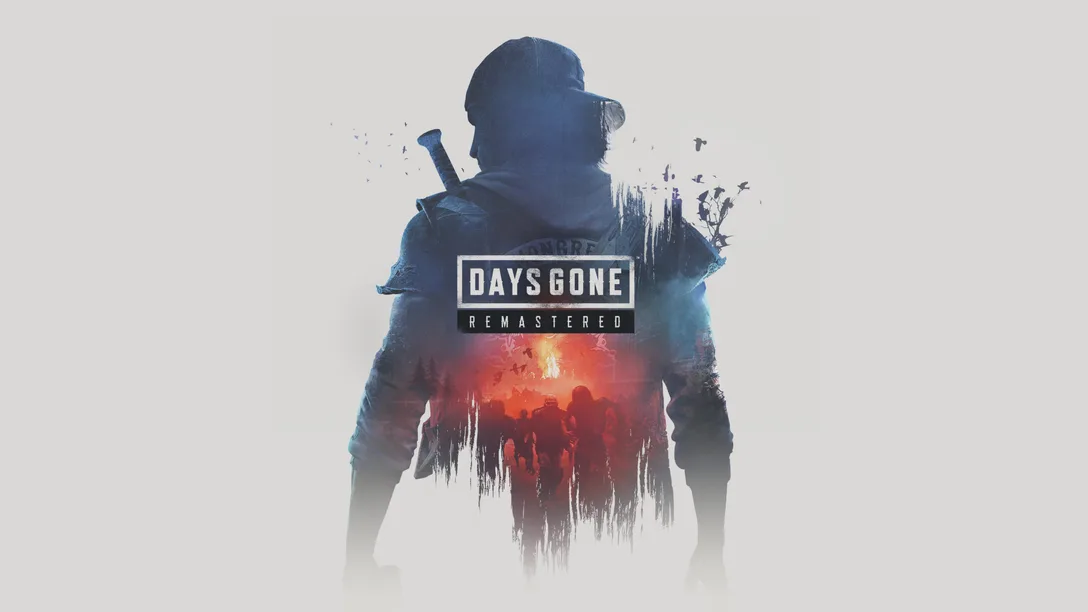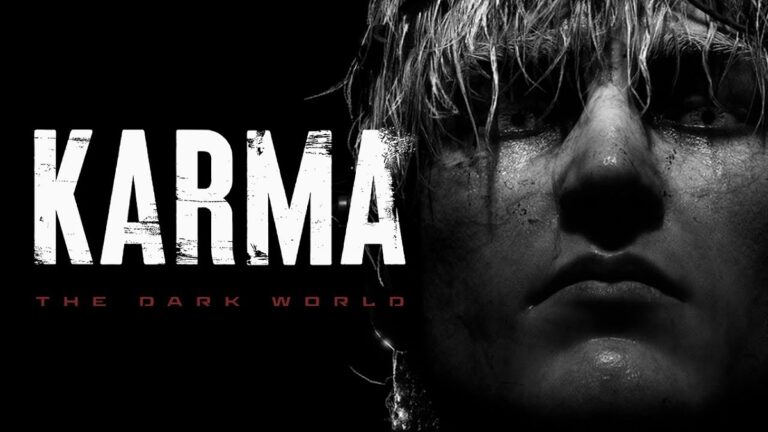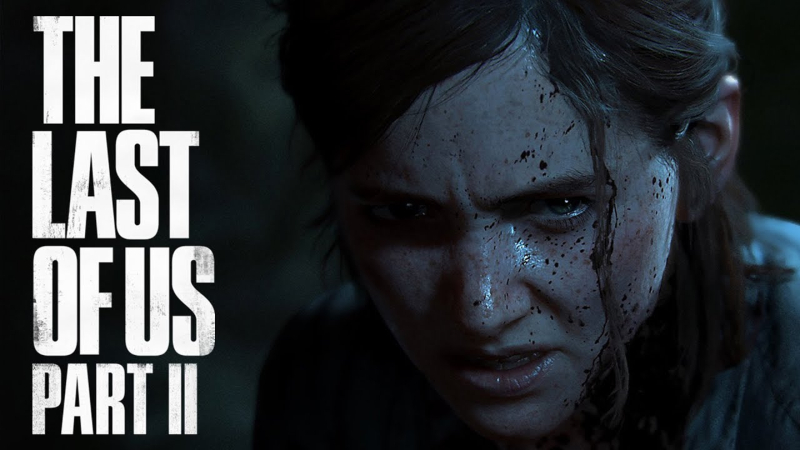
By now, you, I, and every other person with a PlayStation 4 has heard of The Last of Us Part 2. At the time of writing, it has broken records to become Sony’s fastest-selling title on the PS4, beating Spider-Man. I started playing Last of Us Part 2 at the same time as everyone else, having purchased my copy, so I took my time to enjoy the scenery and scout out hidden items in the game at my leisure. After dozens of hours in The Last of Us Part 2, and at least half a dozen full playthroughs of The Last of Us, I am finally ready to weigh in on what has become a fairly controversial game.
Before we get into the mechanics he Last of Us Part 2 and pick apart the artistry within, I want to take a moment to really appreciate the accessibility options available here. Beyond simple captions and contrast settings, Naughty Dog built an entire setup system that launches before the game begins. There are presets for hard of hearing, low vision, colorblind, and physical handicaps. The colorblind options cover several different types of colorblindness, and a separate function changes backgrounds to greyscale to further increase contrast. For those with hearing loss or deafness, captions can be turned on, color-coded for different characters, and a screen display of which direction footsteps and other sounds are coming from added. Captions are available in multiple sizes. Those with physical handicaps can change tapping prompts to holding the button instead, as well as add the option to change some key bindings and one to skip puzzles via the pause menu. The difficulty settings cover every player, from ultra-casual storyline visitors to hardcore players who want to try to make it out with one bandage and a shiv. This is the new bar for accessibility in AAA games. Difficulty settings themselves aren’t really accessibility; if a player cannot see the game on easy mode, they still can’t play. If there is no visible marker for sounds, deaf players can’t play, either. Those of us with progressive arthritis really appreciate not having to tap a button twenty times and take extra painkillers just to reach the end of a game. Games are for everyone, and The Last of Us Part 2 is the ultimate embodiment of that thus far.
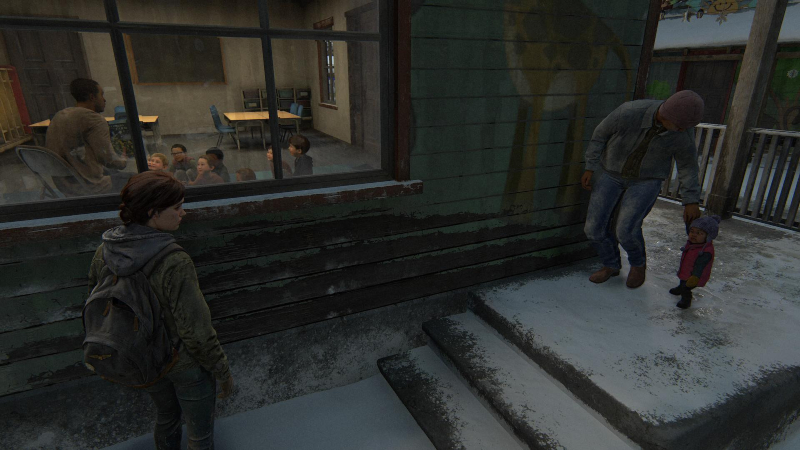
Right off the bat, returning players will feel right at home with The Last of Us Part 2‘s controls. Combat, crafting, and navigation work pretty much the same as The Last of Us, making the transition between games easy. Ellie is all grown up now, and the expected tensions between a young adult and parent are present between her and Joel. They’re still in Jackson, and the town is doing well. There is even a daycare and school, along with restaurants and saloons. What could make the apocalypse better than adding alcohol to already tense situations? If the answer is “a joint,” they’ve got that, too. It turns out the zombie apocalypse is just Colorado.
Players are very quickly introduced to the other playable character in this entry, Abby. Abby is a six-foot-tall woman built like an underfed linebacker and with the approximate attitude of a kicked TSA agent. Like absolutely everyone else, she’s had a hard life, and like Ellie, she’s pretty damn sure she’s had it harder than anyone else. Nothing says fun like forty hours of playing characters with zero introspection or self-awareness. The game itself does get to be fun in the middle, but the early and final hours are an absolute masterclass in how not to write a story.
This brings us to a huge elephant in the room. Without spoilers, Naughty Dog chose to take several shortcuts in storytelling that alienate returning players within 90 minutes of starting the game. Returning players in a series tend to make up a large portion of pre-release purchases, which means that many players who threw up their arms on the game over lazy storytelling and poor character development were able to leave a review based on those feelings within 90 minutes of release. I’ve seen many articles blaming the review-bombing of The Last of Us Part 2 entirely on homophobia, but here is the thing: the vast majority of those reviews do not mention LBGT issues at all. Most of them do bring up the early story development and the fact that many players refuse to continue past that point. A fair amount are homophobic, yes, but this was not a One Million Moms campaign to tear down a game. Some people are always going to be homophobic little shits, but it isn’t exactly good ally behavior to dismiss every single bad review as “they just hate the gays” when many of those reviews never mention LGBT issues at all, make valid points about the storyline, and are even backed or written by LGBT players. As a queer woman myself, I threw down my controller and went out to the garden for an hour after hitting a specific early story point, not because it should never have happened, but because the leadup was sloppy and disrespectful to players. The fact that the development team chose to do that at such an early point that they could receive an avalanche of negative reviews in the first couple of hours post-release is maybe something the story team should sit in the corner and ponder for a bit.
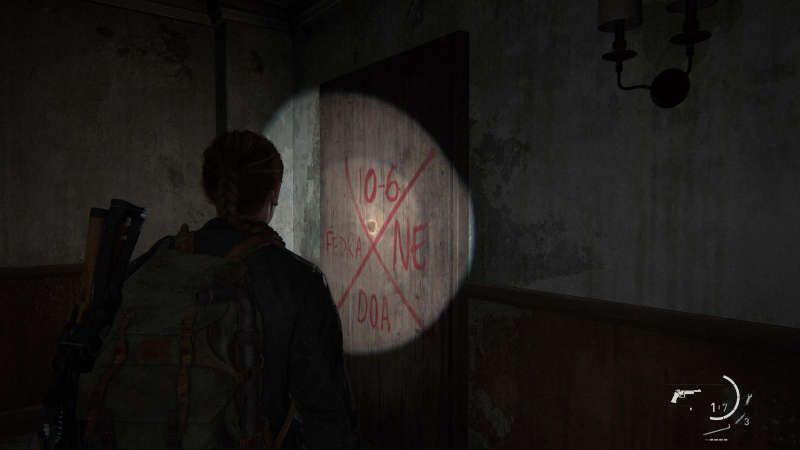
The good news is that out of forty or so hours of play, the first two and final two are the only ones that suffer in storytelling hell. The rest of the game is genuinely enjoyable. Enemies from the first game feature heavily in the first half of The Last of Us Part 2, and new, stronger enemies are gradually added into the mix. Boss fights are well-paced, though they are much more fun in the latter half of the game. The world feels more open in this entry, too, leading to more exploration that gives much better depth to the lore. For players who search hidden rooms and leave the direct path, there is a plethora of upgrades, items, and background information to be had. I highly suggest keeping an eye out for slightly open windows and cracks along the bottoms of walls.
While I have serious qualms with the handling of certain sections of the main storyline, the side stories and world are fantastic. Areas that could have more items or weapon workshops are marked on the map as they are discovered, and are optional for players to explore. Some items and notes will prompt characters to make a note on the map of where supply stashes could be hidden, and keys and codes are often found relatively far away from their corresponding locks. I felt compelled to read every note I came across and pick up any interactable object, and I even found myself sneaking around listening to NPC conversations to find out more about the world. It’s a tough balancing act for single-player games to create depth and realism in the world around their characters without bogging down the main storyline, and The Last of Us 2 handles this exceptionally well.
The main story does have pacing issues in the beginning, but it settles into a great rhythm after a couple of hours. Flashbacks keep the pace going and explain Ellie and Abby’s character development. However, it would have been great if that could have been done in chronological order instead of whipping players into different times and settings without notice. The flashbacks themselves, though, serve to make the game much more enjoyable. The vast majority of playtime is spent in Seattle, Washington, because we do not have enough zombie games set in the Pacific Northwest. It rains constantly, it floods often, and even the unnamed background characters commonly state how much they hate the city. Brief visits to drier climates and better relationships make for a nice break from the endless monotony of green and wet.
New factions appear at a good pace, too. Abby’s group is introduced at a reasonable pace after the first hours of the game, and their history is built upon to make a believable storyline. Players get to know characters and build relationships during their time with Abby, rounding out her personality nicely. Their enemies, the Seraphites, also appear organically and get plenty of introduction. The final group at the end, though, gets zero introduction, no explanation, and no depth of story. I have to assume the writers were sick of it by that point because their addition is so slap-dash it could have been dreamed up by the Three Stooges. Why are they here? What do they want? Where did they come from? Who fucking cares, it’s the last hour of the game. No need for consistency here. Not only do the entire two or three ending hours of the game suffer from pacing issues, but they also don’t feel like they even fit with the rest of the game They feel more inspired by Until Dawn. While that is an enjoyable game, its style doesn’t quite mesh with the fast pace of The Last of Us Part 2, which creates a jarring disconnect in storytelling.
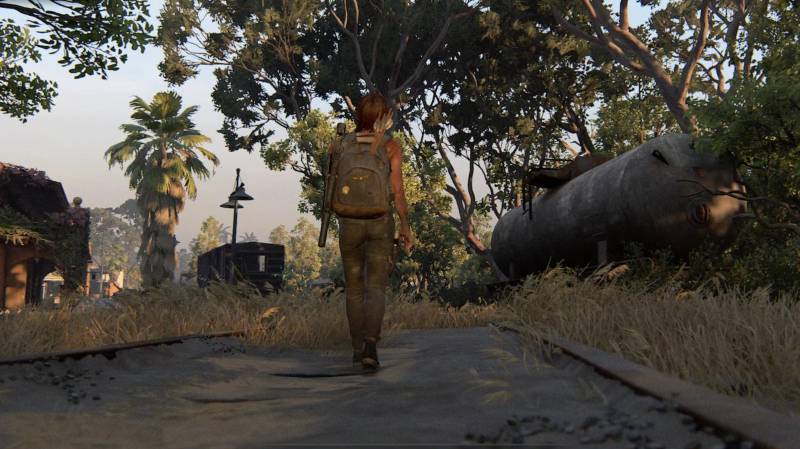
Neil Druckmann has apparently said there will be no DLC for The Last of Us Part 2, and he doesn’t see another sequel fitting in with the series, and frankly, I’d buy every person in Jackson a round to drink to that. The game is stunningly beautiful. The sound design is great, and there are very few games that can compare for entertainment value and exploration for the vast majority of the time spent playing. At the end of the day, though, Naughty Dog can’t get out of its own way. I spent years waiting for a sequel to The Last of Us, and now I know that was a Monkey’s Paw request. I don’t want another sequel to this series ever again, because someone else did the sequel, and they did it better.
As I played The Last of Us Part 2, I noticed themes and explanations pulled directly from a different title that was obviously inspired by The Last of Us. Just over a year ago, I reviewed Days Gone. I spent dozens of hours in that game before writing my review and replayed it immediately after. I’ve revisited it several times since then. As I played through The Last of Us Part 2, I was struck by how many times the game seemed to reference things that were part of the lore of Days Gone, not The Last of Us. Migrating hordes of infected? That is lifted directly from Days Gone. Several crowd control techniques were also pulled, like being pitted in a small area against both human and infected enemies, where the obvious – and likely only – answer is to use them against each other and escape. Crafting pipe bombs on the fly? I half expected to see Deacon St. John running the WLF.
I like this game. I will probably replay it once to finish out my trading card collection since I am only short a couple of cards. Really, though, it pushes more towards playing The Last of Us and Days Gone again. If anything, it served to pull those two titles close enough together that Naughty Dog can move on to new stories and characters and let Bend Studio pick up the flag and run with it. How many zombie games about damaged people learning to live in a broken world set in the Pacific Northwest do we really need, anyway?
The Last of Us Part 2 is worth the money, but I feel like it would have worked much better as Part 3, with the story between this entry and where we left off with Joel and Ellie before given more time. Nothing in the story felt wrong for the characters or the world they occupy, but rushing it felt wrong. There was a lot left unsaid, and I wish they had given all of these characters the space to say it.
As it stands, I highly recommend The Last of Us Part 2, with the caveat that I don’t want another one. It absolutely served the purpose of moving fans on from Ellie and her story, and unexpectedly made room for another series to take in the fans who were left out in the storm.
 (8 / 10)
(8 / 10)
Great
 (8 / 10)
(8 / 10)Rely on Horror Review Score Guide
A retail copy was purchased for review.

 DestinyLeah
DestinyLeah